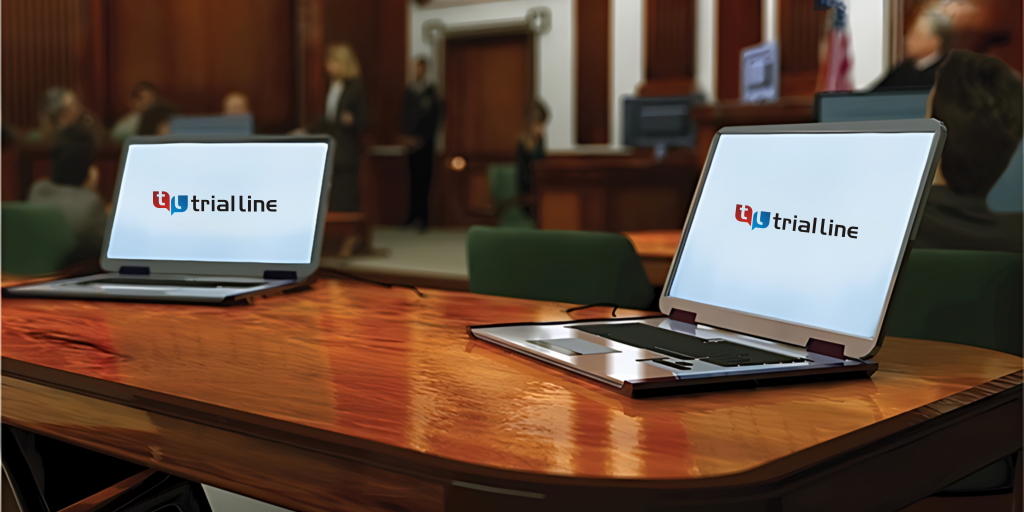How Trial Presentations Enhance Your Debate and Convince Jurors
Test discussions serve as an essential device for boosting legal disagreements and convincing jurors. By integrating aesthetic help, narrative structures, and emotional interaction, attorneys can create a compelling case that resonates on numerous degrees. The critical use visuals not only clears up complex details but also records jurors' attention much more successfully than words alone. The art of narration plays a similarly crucial duty in transforming valid evidence into an engaging narrative, shaping jurors' perceptions. Understanding these aspects can substantially affect trial outcomes, raising the inquiry of exactly how each component adds to this detailed dynamic.

Relevance of Visual Aids
Visual help play a crucial duty in enhancing the performance of trial discussions, as they can significantly enhance target market engagement and retention of details. In the context of a trial, where jurors are entrusted with processing complicated details, visual aids serve to streamline and make clear essential factors. Charts, graphs, and images can convey information and ideas that might otherwise bewilder or confuse jurors, permitting an extra simple understanding of the proof offered.
Furthermore, visual aids help in preserving juror attention throughout the procedures. By damaging the dullness of spoken statement, these tools can stress crucial arguments, making them extra memorable. Effective aesthetic help can likewise evoke psychological actions, which can be crucial in encouraging jurors to align with the speaker's narrative.

Crafting Compelling Stories
A compelling story is necessary in trial discussions, as it acts as the backbone of reliable persuasion. It enables attorneys to weave with each other realities, evidence, and emotional components into a coherent story that resonates with jurors. This narrative structure allows jurors to comprehend the intricacies of the instance while guiding them through the lawyer's disagreement.
To craft a compelling narrative, attorneys need to concentrate on quality and coherence. This involves establishing a clear lead character-- frequently the customer-- and detailing their journey through the occasions in question. Providing the truths in a logical sequence boosts comprehension and preserves engagement. Furthermore, making use of dazzling descriptions can produce mental pictures that aid jurors picture the occasions, making the narrative much more unforgettable.
In addition, incorporating vital themes throughout the discussion enhances the core message and help in retention - trial presentations. The narrative should not only convey details but likewise evoke a sense of justice, highlighting the risks involved. Inevitably, a sound story fosters a link in between the jurors and the situation, placing the lawyer's disagreement as both trustworthy and engaging, therefore enhancing the chance of a beneficial judgment

Engaging the Court Emotionally
Effective jury interaction hinges on the attorney's capability to attach with jurors on an emotional level. This connection can significantly influence jurors' perceptions and their supreme decision-making.
Aesthetic help, such as photos or videos, can even more boost psychological interaction, supplying jurors with vibrant depictions of the case's human aspects. Crafting a story that highlights the struggles and accomplishments of the individuals included makes certain that jurors see past the lawful disagreements and identify the human repercussions of their choices.
In addition, tone and body movement play a vital role in sharing emotion. A lawyer's enthusiastic delivery can reverberate with jurors, reinforcing their psychological investment in click reference the instance. It's important to stabilize emotional appeals with valid proof, ensuring that jurors feel obliged to act while continuing to be grounded in the truth. Ultimately, a mentally involved court is most likely to be convinced, making psychological link an essential part of effective trial presentations.
Structuring Your Presentation

The body of the presentation should be practically fractional right into bottom lines, each supported by engaging proof. It is helpful to utilize narration techniques to weave facts into a narrative that jurors can conveniently comply with. Aesthetic help, such as charts and video clips, can enhance understanding and interaction, helping to highlight critical items of evidence.
Real-World Situation Researches
Examining real-world study gives vital understandings into the art of test presentations and persuasion. For example, the landmark instance of "O.J. Simpson v. Individuals of The golden state" illustrates exactly how aesthetic aids and engaging narratives can guide jury perceptions. The defense team successfully used a technique that integrated prominent specialist testaments with multimedia presentations, which captivated jurors and ultimately influenced their choice.
Another significant example is the "McDonald's Coffee Case," where the complainant's attorneys made use of graphic images of the injuries sustained by Stella Liebeck. trial presentations. This raw aesthetic evidence played an essential function in communicating the intensity of her burns, resulting in a substantial jury award. Such cases show that impactful trial discussions often rest on the efficient integration of visuals and narration to evoke psychological feedbacks from jurors
In addition, the "Casey Anthony Test" highlighted the importance of narrative coherence and reputation. The prosecution's failure to establish a compelling timeline diminished their convincing power, underscoring the necessity of a well-structured presentation. Evaluating these instances reveals that effective trial presentations need calculated preparation, emotional engagement, and the ability to resonate with jurors' worths and ideas.
Conclusion
Test discussions substantially enhance read the full info here debates and encourage jurors via the strategic use of aesthetic aids, engaging stories, and emotional involvement. A well-structured discussion balances emotional charms with valid proof, ultimately resonating with jurors' worths.